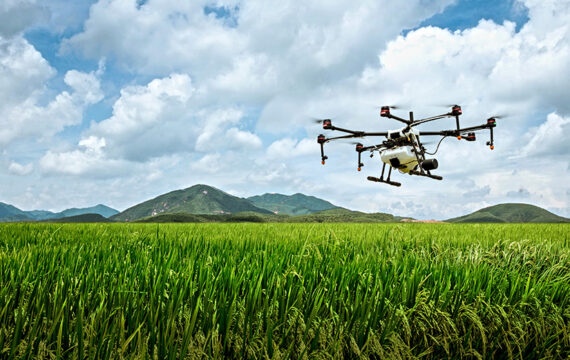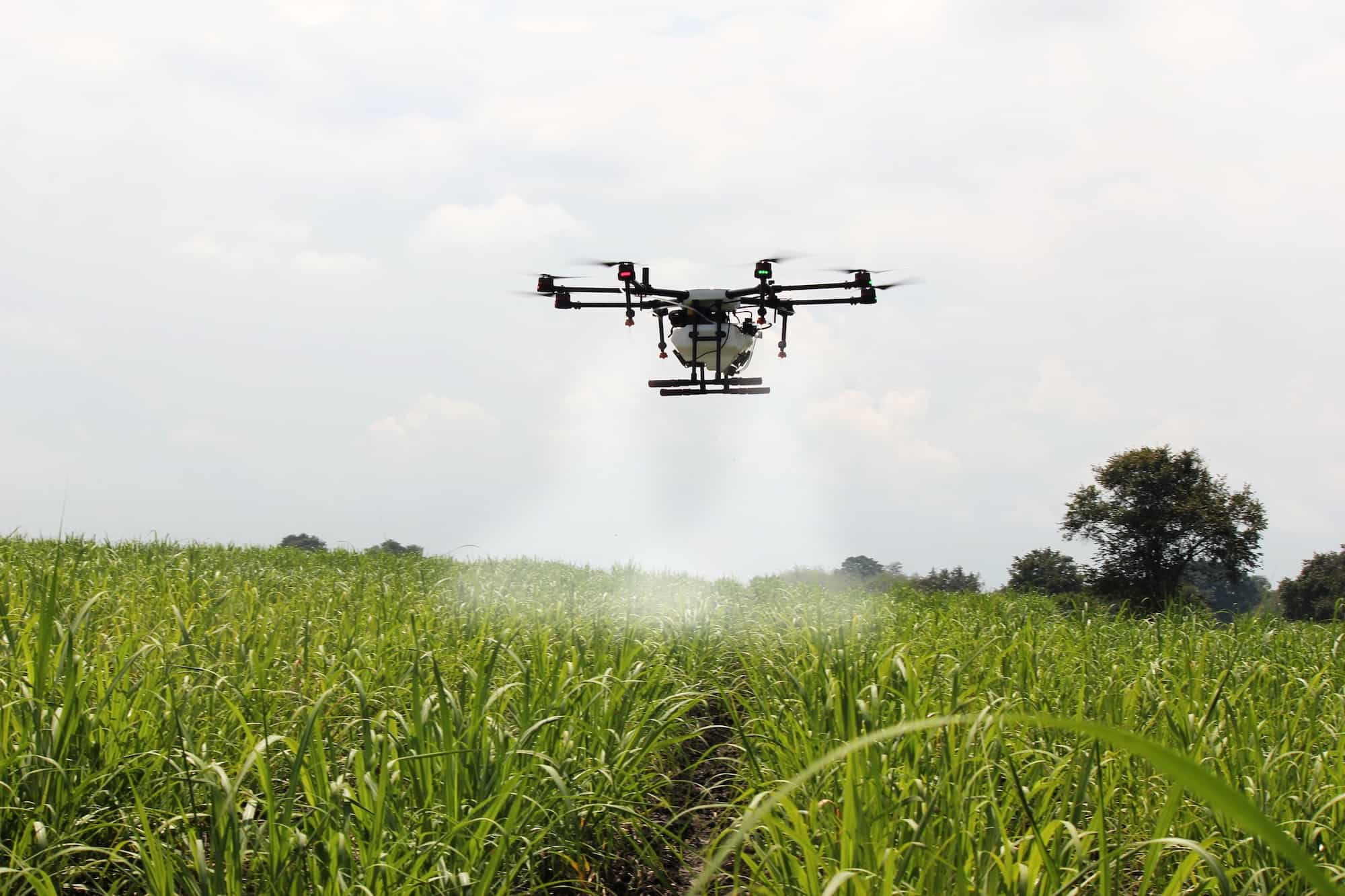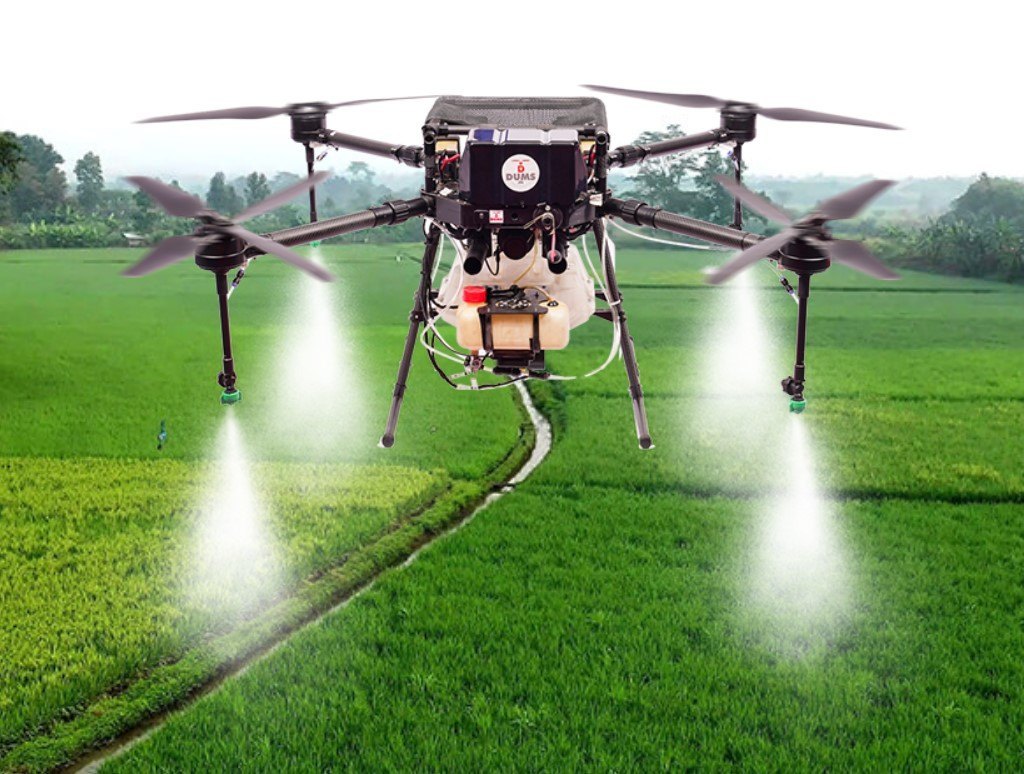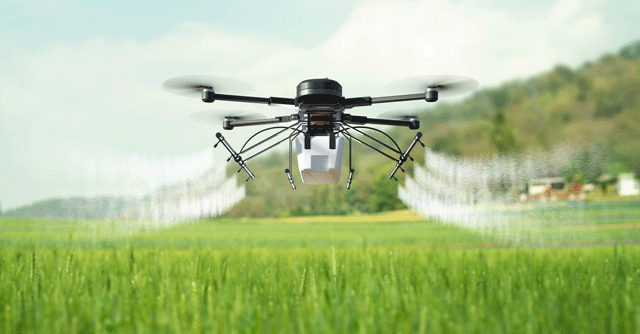Irrigation
The synergy between drone technology and efficient irrigation methods empowers farmers with the tools to manage water resources effectively, optimize crop growth, and contribute to sustainable and productive agriculture.
Benefits Of Irrigation
Water Efficiency
By precisely targeting areas that require irrigation, drones help reduce water wastage. Farmers can make informed decisions about when and where to irrigate, preventing over-irrigation and promoting efficient water use.
Timely Monitoring
Drones can regularly monitor crop conditions and irrigation needs, providing real-time data to farmers. This timely information allows for proactive decision-making, helping farmers address issues promptly and prevent potential crop losses.
Data-Driven Decision Making
The data collected by drones, such as infrared imagery and thermal sensors, can be analyzed to gain insights into crop health and stress levels. Farmers can use this data to make informed decisions on irrigation strategies, fertilization, and pest control, ultimately improving overall crop yield.
Using Drones

Challenges
Limited Payload Capacity:
Drones may have constraints in carrying sufficient water or irrigation equipment, limiting their capacity for direct irrigation applications.Flight Time Constraints:
Limited battery life imposes constraints on the duration of drone flights, impacting the area that can be covered and the time available for irrigation activities.Precision and Accuracy:
Ensuring precise water delivery to specific areas can be challenging, requiring advanced technology for accurate targeting and control.- Weather Sensitivity: Adverse weather conditions, such as strong winds or rain, can affect the ability of drones to operate effectively, hindering consistent and reliable irrigation.
- Regulatory Compliance: Strict regulations regarding drone usage, especially in agriculture, may pose challenges in obtaining necessary permissions for irrigation activities, adding complexity to the process.
- Costs and Affordability: Initial investment costs for drone technology and irrigation equipment may be a barrier for some farmers, impacting the widespread adoption of drone-based irrigation methods.
How Works
Remote Sensing:
Drones equipped with various sensors, including thermal and multispectral cameras, are deployed to capture detailed imagery of the agricultural field. These sensors can assess crop health, soil moisture levels, and overall field conditions.Data Analysis:
The collected data is processed using advanced algorithms to generate actionable insights. This analysis includes determining areas with varying moisture levels, identifying irrigation needs, and assessing crop stress.Decision-Making: Based on the analyzed data, the drone’s onboard or connected system makes real-time decisions regarding irrigation requirements. Algorithms factor in crop types, soil conditions, and weather forecasts to optimize water distribution.
Precision Irrigation Planning: The drone develops a precision irrigation plan, specifying the amount and location of water required. This plan is often tailored to the specific needs of different areas within the field, optimizing water usage and avoiding over-irrigation.
Repeat Surveys: Drones can conduct regular surveys to monitor changes in soil moisture levels and crop conditions over time.
Explore More Content

Irrigation using drones is a transformative application of unmanned aerial vehicles (UAVs) in agriculture, offering precision, efficiency, and improved water management. This innovative approach integrates advanced technologies to address the challenges associated with conventional irrigation methods.

Drones equipped with a variety of sensors, such as thermal cameras and multispectral imagers, are deployed over agricultural fields. These sensors capture high-resolution data, assessing critical factors such as crop health, soil moisture levels, and overall field conditions.

One key aspect of drone-based irrigation is the ability to make real-time decisions based on the analyzed data. The drone’s onboard or connected system evaluates the specific needs of different areas within the field, factoring in variables like crop types, soil characteristics, and weather forecasts.

Navigation is a critical component of drone-based irrigation. Drones use precision GPS technology to autonomously navigate over the designated areas or follow remote guidance. This ensures accurate and targeted water application to specific crops or soil zones, minimizing water wastage